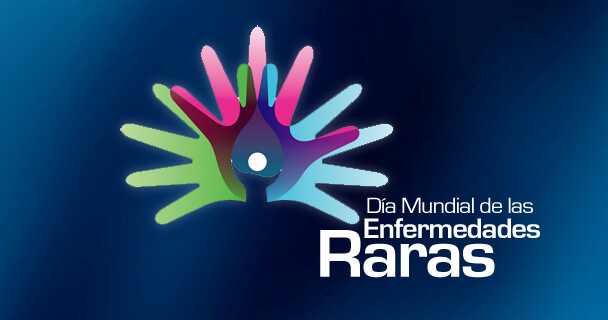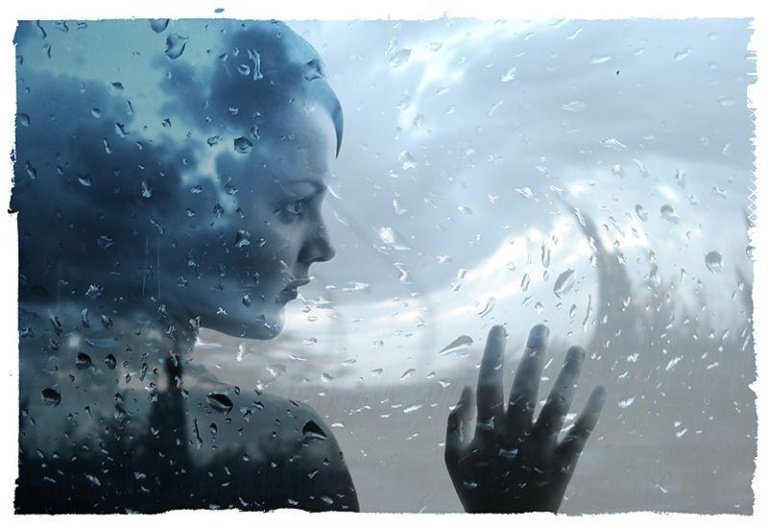Rare Diseases: The Invisible Pain of Millions of People

Rare diseases are the invisible face of human suffering, ailments that take lives and which are usually unknown to both society and the general scientific and medical community.
Rare or infrequent diseases are those that are characterized by their low frequency if we look at the general population. However, they are not isolated cases; those who suffer from them make up about 6-8% of the world population.
In this calculation there are up to 7000 rare diseases included. In particular, the number of people with these conditions in the Western world is chilling: 27 million Europeans, 42 million Hispanic Americans and 25 million Americans.

It can happen to anyone, it is not strange to suffer from a rare disease
Nobody is exempt from danger. This should be very clear: this could happen to anyone. When that happens a person is faced with numerous problems.
The first difficulty comes with the diagnosis. This is for three main reasons: these pathologies are surrounded by a lack of knowledge; it is difficult to access the necessary information; and the location of professional or specialized centers is difficult. If you don’t have a diagnosis it’s not because you’re invisible; it’s because a diagnosis doesn’t yet exist.
As a result, both the patient and the family are affected. This delay in diagnosis makes it difficult to access treatment at the right time.
In addition, in countries like Spain, more than 40% of people are suffering from these diseases without adequate treatment. Understandably, this causes great distress by those affected, aggravating the consequences of social rejection that is perceived by the misunderstanding that surrounds them.

(World Rare Disease Day)
Opening our eyes to invisibility
Rare diseases are chronic and degenerative to a large extent. Moreover, 65% of these diseases are severe and disabling, and are characterized by some of these points:
- Early start in life: the data suggest that 2 out of 3 appear before 2 years of age.
- Chronic pain: the frequency of occurrence of these pains affects 1 in 5 people.
- The development of motor, sensory or intellectual deficits (1 in 3).
- About half of the cases have involved the life prognosis of the person concerned. Thirty five percent of deaths occur before one year, 10% between 1 and 5 years and 12% between 5 and 15 years.

Creating networks of hope
As stated by the Spanish Federation of Rare Diseases, “the physical, psychological, neurological, emotional and aesthetic consequences suffered by these people in their relationships contribute to the emergence of problems of great impact.”
Bringing visibility is not easy because discussion about rare diseases is often too general. This is important because among other things the manifestations of each disease are very different. For example, no two cases of lupus are the same.
In addition, family and patients need a lot of emotional support, and information needs to be as clear as possible.
Rare diseases are not only medical enigmas, but are also social and emotional conundrums that prevent millions of people from developing their life and their projects. Fear, anxiety, depression… Right now we are in a tunnel with no light, but if we join forces and consciousness, together we will find the exit. There is hope.
For further inquiries: http://rarediseases.org/
Rare diseases are the invisible face of human suffering, ailments that take lives and which are usually unknown to both society and the general scientific and medical community.
Rare or infrequent diseases are those that are characterized by their low frequency if we look at the general population. However, they are not isolated cases; those who suffer from them make up about 6-8% of the world population.
In this calculation there are up to 7000 rare diseases included. In particular, the number of people with these conditions in the Western world is chilling: 27 million Europeans, 42 million Hispanic Americans and 25 million Americans.

It can happen to anyone, it is not strange to suffer from a rare disease
Nobody is exempt from danger. This should be very clear: this could happen to anyone. When that happens a person is faced with numerous problems.
The first difficulty comes with the diagnosis. This is for three main reasons: these pathologies are surrounded by a lack of knowledge; it is difficult to access the necessary information; and the location of professional or specialized centers is difficult. If you don’t have a diagnosis it’s not because you’re invisible; it’s because a diagnosis doesn’t yet exist.
As a result, both the patient and the family are affected. This delay in diagnosis makes it difficult to access treatment at the right time.
In addition, in countries like Spain, more than 40% of people are suffering from these diseases without adequate treatment. Understandably, this causes great distress by those affected, aggravating the consequences of social rejection that is perceived by the misunderstanding that surrounds them.

(World Rare Disease Day)
Opening our eyes to invisibility
Rare diseases are chronic and degenerative to a large extent. Moreover, 65% of these diseases are severe and disabling, and are characterized by some of these points:
- Early start in life: the data suggest that 2 out of 3 appear before 2 years of age.
- Chronic pain: the frequency of occurrence of these pains affects 1 in 5 people.
- The development of motor, sensory or intellectual deficits (1 in 3).
- About half of the cases have involved the life prognosis of the person concerned. Thirty five percent of deaths occur before one year, 10% between 1 and 5 years and 12% between 5 and 15 years.

Creating networks of hope
As stated by the Spanish Federation of Rare Diseases, “the physical, psychological, neurological, emotional and aesthetic consequences suffered by these people in their relationships contribute to the emergence of problems of great impact.”
Bringing visibility is not easy because discussion about rare diseases is often too general. This is important because among other things the manifestations of each disease are very different. For example, no two cases of lupus are the same.
In addition, family and patients need a lot of emotional support, and information needs to be as clear as possible.
Rare diseases are not only medical enigmas, but are also social and emotional conundrums that prevent millions of people from developing their life and their projects. Fear, anxiety, depression… Right now we are in a tunnel with no light, but if we join forces and consciousness, together we will find the exit. There is hope.
For further inquiries: http://rarediseases.org/
This text is provided for informational purposes only and does not replace consultation with a professional. If in doubt, consult your specialist.







